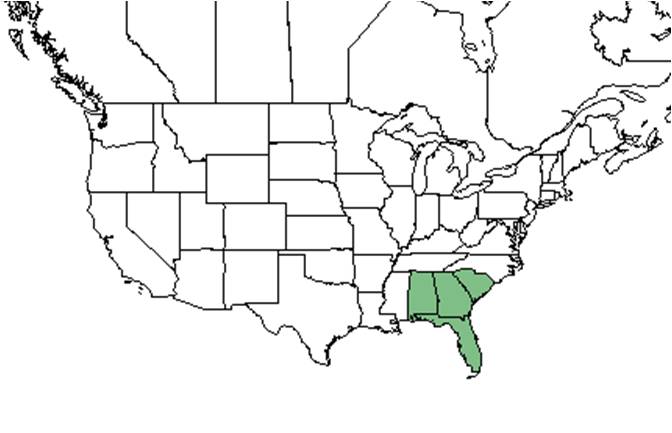Difference between revisions of "Sabatia brevifolia"
KatieMccoy (talk | contribs) |
KatieMccoy (talk | contribs) |
||
| Line 29: | Line 29: | ||
===Phenology=== <!--Timing off flowering, fruiting, seed dispersal, and environmental triggers. Cite PanFlora website if appropriate: http://www.gilnelson.com/PanFlora/ --> | ===Phenology=== <!--Timing off flowering, fruiting, seed dispersal, and environmental triggers. Cite PanFlora website if appropriate: http://www.gilnelson.com/PanFlora/ --> | ||
| + | It has been observed flowering in September (FSU Herbarium). | ||
| + | |||
===Seed dispersal=== | ===Seed dispersal=== | ||
===Seed bank and germination=== | ===Seed bank and germination=== | ||
Revision as of 18:46, 18 November 2015
| Sabatia brevifolia | |
|---|---|
Error creating thumbnail: Unable to save thumbnail to destination
| |
| Photo taken by Gil Nelson | |
| Scientific classification | |
| Kingdom: | Plantae |
| Division: | Magnoliophyta - Flowering plants |
| Class: | Magnoliopsida – Dicotyledons |
| Order: | Gentianales |
| Family: | Gentianaceae |
| Genus: | Sabatia |
| Species: | S. brevifolia |
| Binomial name | |
| Sabatia brevifolia Raf. | |

| |
| Natural range of Sabatia brevifolia from USDA NRCS Plants Database. | |
Common name: shortleaf rose gentian
Contents
Taxonomic notes
Description
Distribution
Ecology
Habitat
In the Coastal Plain in Florida and Georgia, S. brevifolia can occur in wet pine flatwoods and moist sand around ephemeral ponds in open flatwoods (FSU Herbarium). Associated species Polygala cruciata, P. hookeri, P. lutea, Eupatorium leucolepis (FSU Herbarium).
Phenology
It has been observed flowering in September (FSU Herbarium).
Seed dispersal
Seed bank and germination
Fire ecology
Pollination
The following Hymenoptera families and species were observed visiting flowers of Sabatia brevifolia at Archbold Biological Station (Deyrup 2015):
Halictidae: Lasioglossum nymphalis
Use by animals
Diseases and parasites
Conservation and Management
Cultivation and restoration
Photo Gallery
References and notes
Deyrup, M.A. and N.D. 2015. Database of observations of Hymenoptera visitations to flowers of plants on Archbold Biological Station, Florida, USA.